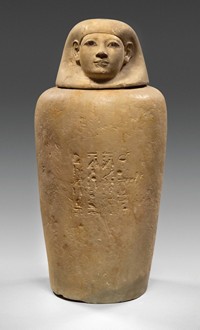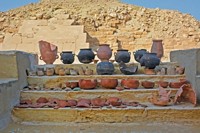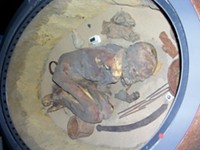Advertisement
Grab your lab coat. Let's get started
Welcome!
Welcome!
Create an account below to get 6 C&EN articles per month, receive newsletters and more - all free.
It seems this is your first time logging in online. Please enter the following information to continue.
As an ACS member you automatically get access to this site. All we need is few more details to create your reading experience.
Not you? Sign in with a different account.
Not you? Sign in with a different account.
ERROR 1
ERROR 1
ERROR 2
ERROR 2
ERROR 2
ERROR 2
ERROR 2
Password and Confirm password must match.
If you have an ACS member number, please enter it here so we can link this account to your membership. (optional)
ERROR 2
ACS values your privacy. By submitting your information, you are gaining access to C&EN and subscribing to our weekly newsletter. We use the information you provide to make your reading experience better, and we will never sell your data to third party members.
Biological Chemistry
Humans Used Beeswax As Long Ago As Neolithic Era, Study Finds
Cultural Heritage: Lipid traces in ancient vessels reveal that people were using beeswax at least 9,000 years ago
by Sarah Everts
November 16, 2015
| A version of this story appeared in
Volume 93, Issue 45
Although people around the world—including ancient Mayan, Egyptian, Hindu, and Greek cultures—have all worshiped bees at one point or another, it’s been a long-standing mystery as to when humans began using beeswax. Now a team of researchers led by Mélanie Roffet-Salque at the University of Bristol has come closer to an answer: The group used gas chromatography/mass spectrometry to analyze 6,400 pottery sherds across Europe, the Middle East, and North Africa for the chemical signature of beeswax, a precise mixture of n-alkanes, n-alkanoic acids, and fatty acyl wax esters. The team found that use of beeswax dates back at least 9,000 years, to the 7th millennium B.C.E., when humans were turning to agricultural lifestyles (Nature 2015, DOI: 10.1038/nature15757). These Neolithic humans probably used beeswax for a variety of applications: as a waterproofing agent for pottery vessels as well as a fuel, a cosmetic ingredient, and an instrument for religious ceremonies. The team discovered that the earliest evidence of beeswax use was in Anatolia, Turkey. Hunter-gatherers might have been using beehive products earlier than the 7th millennium B.C.E., Roffet-Salque says, but it’s difficult to prove because hunter-gatherers did not use pottery, so there are no sherds to analyze.





Join the conversation
Contact the reporter
Submit a Letter to the Editor for publication
Engage with us on Twitter